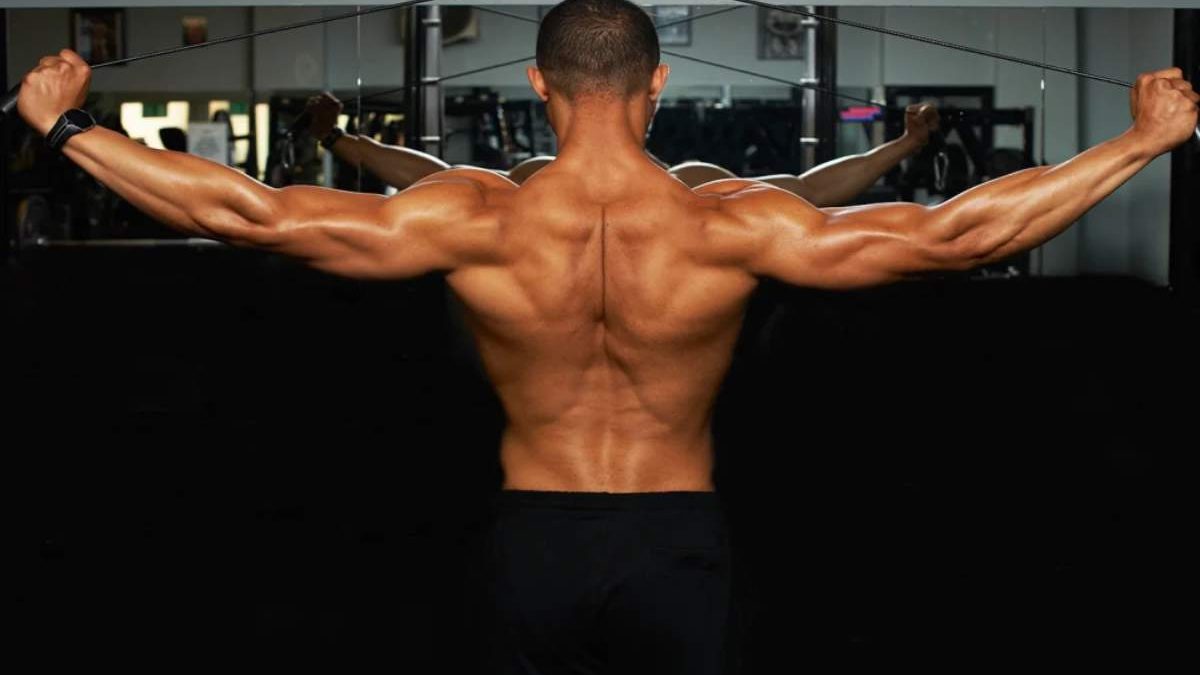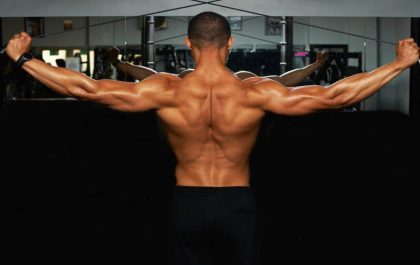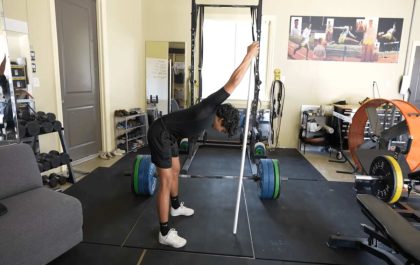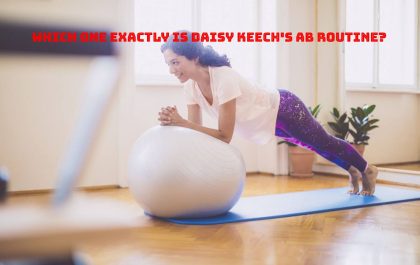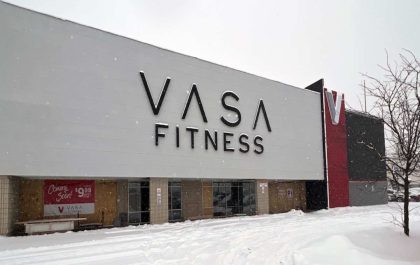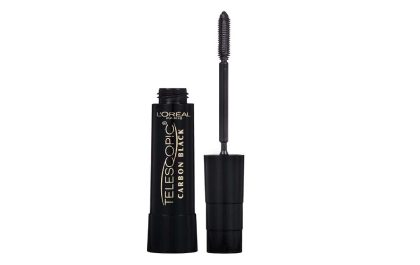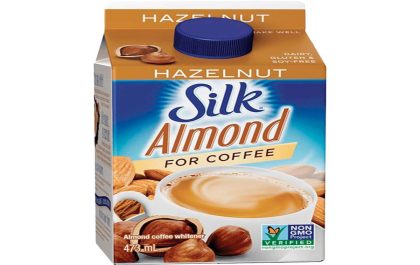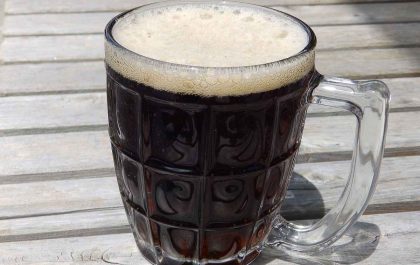Table of Contents
ToggleIntroduction
Multiple muscles are working simultaneously by compound workouts. Squats, pull-ups, and reverse lunges are typical Compound Back Exercises. While reverse lunges engage your abs, hamstrings, and biceps, squats focus on your glutes, calves, and quads.
If you want to work additional muscles, you can mix two workouts. For instance, combine a reverse lunge with squats or bicep curls. Compared to isolate workouts, Compound Back Exercises can help you see benefits more quickly and effectively. Since isolation exercises target just one muscle group, compound workouts target many core muscles.
The most thorough training programme to promote muscular growth comprises compound exercises. Your glutes, forearms, back, and core are all worked out with these exercises, and the entire body and heavy machinery might be among them.
You may perform complex back workouts simply by maintaining good balance and staying in one posture. Compound workouts like squats, deadlifts, and pull-ups are popular and help you stay in shape.
What Regions Are Target by Compound Back Exercises?
Compound exercises:
For the back, utilise practically all of the body’s muscles to increase the back’s total strength. The following are some of the main complex workouts that train the muscles:
Stabilizer muscles:
Its substantial, flat back muscle extends in a V-shape to your arms and connects the spinal column to your arms. During the workout, these muscles support your back and shoulders while stabilizing your spine.
Hips:
Your hips’ main extensor muscle is the glute. The outermost muscle, gluteus maximus, is another name for this one. Your hips are covered in a thick, fleshy bulk that gives them a quadrilateral appearance. The biggest of the three gluteal muscles is the gluteus maximus.
Adductor Muscles
Are a sizable muscle group of the four muscles that make up the front of your leg. Other names for quadriceps include quads, and abductor extensors.
The big, fleshy mass that covers the front and sides of the femur is made up of your knee’s extensor muscles.
Abs:
The rectus abdominis, sometimes referred to as the abs, is a group of two straight muscles that run parallel. Both muscles are divided by the Linea alba, a strip of connective tissue in the midline.
Hamstrings:
The three posterior muscles in your thigh region are referred to as the hamstrings. Particularly for athletes or functional fitness fanatics, these muscles frequently sustain many ailments. Therefore, when performing complex workouts for your back, you should be careful with your hamstrings.
Shoulders:
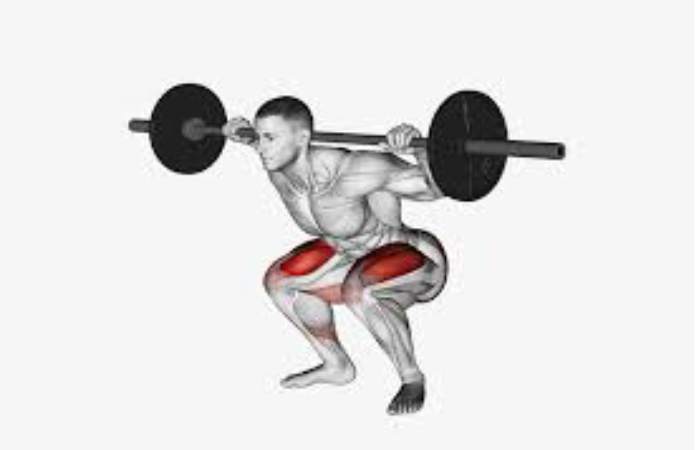
The shoulder joint, which is further split into anterior and posterior deltoids, makes up your shoulder muscles. The rounded shape of your shoulders is a result of the shoulder girdle. While the posterior deltoid comprises spinal fibres, the anterior deltoid has clavicular muscle fibres.
Foundation:
The term “centre” usually refers to your torso, and it is made up of the stomach, mid and lower back hips, shoulders, and neck muscles.
Biceps:
Between the wrist and the elbow lies the upper limb region.
You should speak with a professional trainer about creating your exercise schedule when you’re just starting up. Increase the intensity of your training programme after a cautious start.
Adaptations for Compound Back Exercises
Various other compound back exercises include:
- Loaded Transports
- Overbent row
- Sternum-supported row
- Rows with a single dumbbell
- Flipped row
- Lateral raise
- Pulldown with a neutral grip
These back workouts are complex movements that work your whole body to increase strength and muscular growth.
Rewards of Compound Back Exercises
Your health will benefit from doing strength exercises. These workouts keep your body in shape and build back and core strength. The advantages of compound workouts are listed below:
Increase your muscular mass. Compound workouts help you build greater muscular mass by using your entire body, and they concurrently boost metabolism and develop your back muscles.
Consume calories. Various complex workouts increase heart rate, increasing calorie burn.
Increase adaptability. Plyometric workouts that combine resistance and cardiovascular training are known as compound exercises and improve your body’s flexibility.
Boost bone density Your bone density is improved by squats. Nearly all compound back workouts assist older people in avoiding many bone-related illnesses.
Mistakes for the Compound Back Exercises to Avoid
To avoid injuries, you must master the correct compound back workout technique. Working with a fitness specialist is advised. If you are performing these exercises correctly, they will let you know.
A trainer can also assist you in choosing the appropriate weights. Starting with small weights and progressively increasing them is safe.
You’ll eventually develop your technique for successfully doing complex workouts. Make sure your shoulders, lats, and core are all burning. To stay hydrated in between sets, consume lots of water.
Conclusion
The term ” Compound Back Exercises ” describes the use of numerous joints to activate various muscle groups and individual muscles. Compound exercises provide many other advantages and a more efficient workout in less time.
Related posts
Compound Back Exercises: What Are They?
Introduction Multiple muscles are working simultaneously by compound workouts. Squats, pull-ups, and reverse lunges are typical Compound Back Exercises. While…
Is The Bretman Rock ab Workout Effective?
Introduction Bretman Rock, a social media influencer and former Vine sensation, shared his Not Workout with the world at the…
Which one Exactly is Daisy Keech’s ab routine?
Introduction Now is a detailed description of Daisy Keech’s ab routine. Every exercise is achieving back-to-back for 10 minutes without…
Vasa Fitness Joliet Provides a Fitness Regime
Introduction After debuting in Villa Park last month, it has a second site in Illinois at North Larkin Avenue. With…
Using the Best Heat Shield Sprays Before Styling
Introduction As hair ages, it gets drier and more delicate, making it more vulnerable to heat damage. You don’t have…
Suggestions for Red Curly Hair Routine Care!
Introduction Did you know that while a significantly bigger number of people carry the genetic factor and can pass it…
Control Of Dandruff Through Various Remedies
Introduction Small bits of dry skin chips have built up on the scalp as Dandruff, a common disease. Using shampoo…
Is Coconut Oil for Hair Beneficial?
Introduction The profits of Coconut Oil for Hair and scalp may be numerous, and it may hydrate and seal hair…
The Best for Lengthening Lashes Is L’Oreal Telescopic Mascara.
Introduction Your lashes are enhanced with L’Oreal Telescopic Mascara extreme length and distinctive lash-by-lash separation. The unique flexible precision brush’s…
SUGAR Cosmetics Is a Well-Known Brand in India.
Introduction SUGAR Cosmetics is an Indian e-commerce firm that sells cosmetics and skincare items that are youth, best suited for…
How To Make Eyeliner Stay Avoid Smudging
Introduction You’re not alone if you notice that, over the day, your Eyeliner Stay begins to budge. Smudging, smearing, or…
A CVS Best Beauty Item Is What?
Cosmetics, fragrances, hair care, hair colour, facial care, and hand and body lotion are qualifying beauty purchases. It Excludes medicines,…
Subway Footlong Calories-Nutritional and Healthy Menu Options
Introduction One of the most well-known fast-food restaurants in the world, Subway has more than 40,000 outlets throughout the globe….
Hazelnut Creamer Enriches the Flavours.
Introduction Hazelnut is a type of nut with thin, light brown skin and is usually oval or spherical. Hazelnuts harvests…
What Is Gel Tab?
Introduction A Gel Tab is a drug that contains an opioid, like hydrocodone or oxycodone, and a non-steroidal anti-inflammatory drug…
What is Diet Root Beer?
Introduction India can produce incredibly distinctive root beer using spices and chillies. A wide variety of delectable tastes and smells…
Get Ready for BroadBand Light BBL Treatment
Introduction Intense pulsed light is harnessed by BroadBand Light technology to BBL Treatment outstanding photo rejuvenation treatment outcomes. A wide…
The Skin Story Moisturizer Uses
Introduction The Skin Story Moisturizer Cream provides a balanced moisturising and hydrating effect. With the help of our moisture-boosting cream,…
Neck Skincare: Routine you Need to Know.
Introduction Most of us learn how to practise excellent hygiene and take care of our Skin from an early age….
Amrutam Face Cleaning an Ayurvedic Product
Introduction Amrutam Face Cleaning guarantees complete skin cleaning. It is an Ayurvedic acne remedy that moisturises and feeds the skin…

